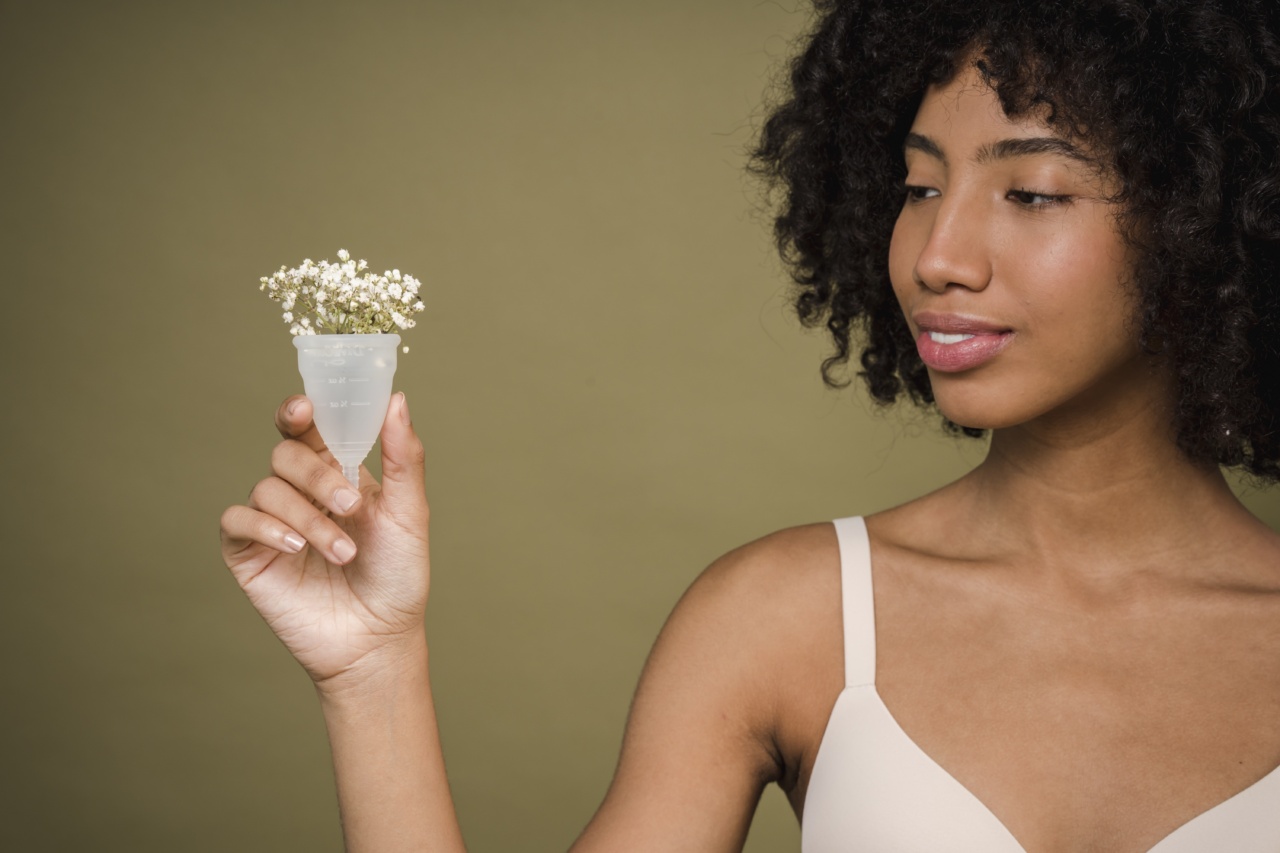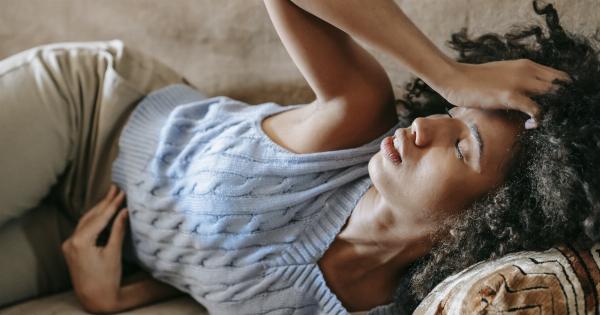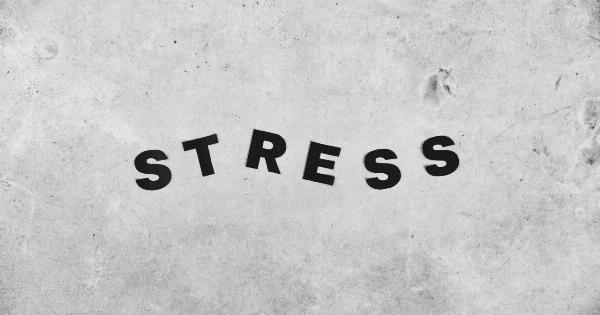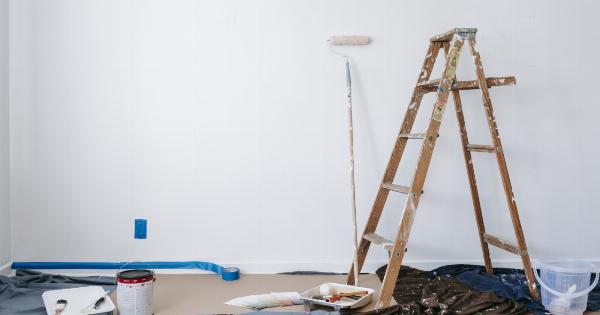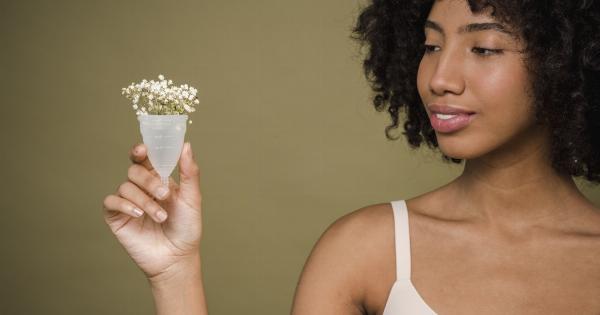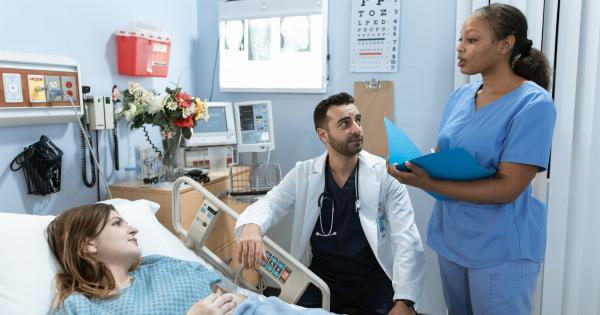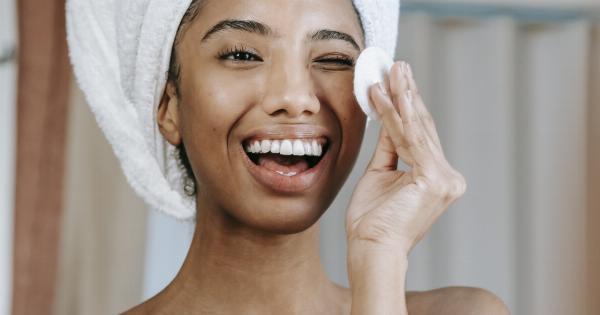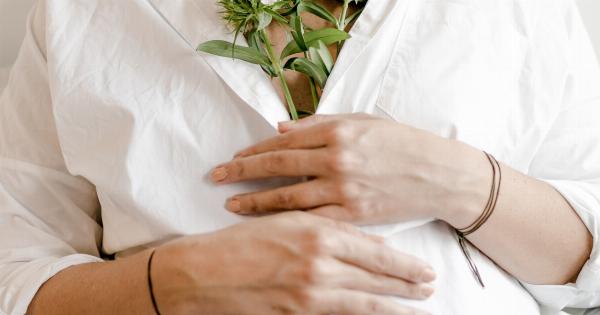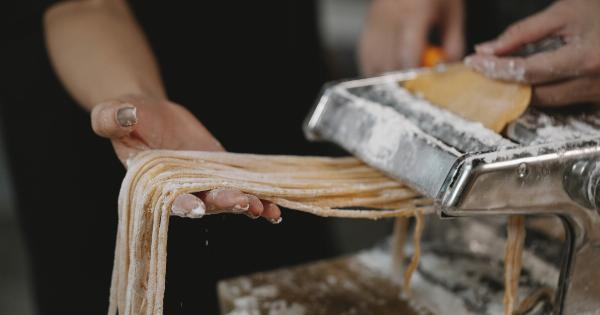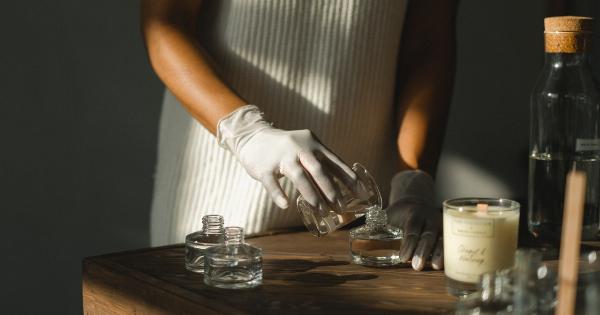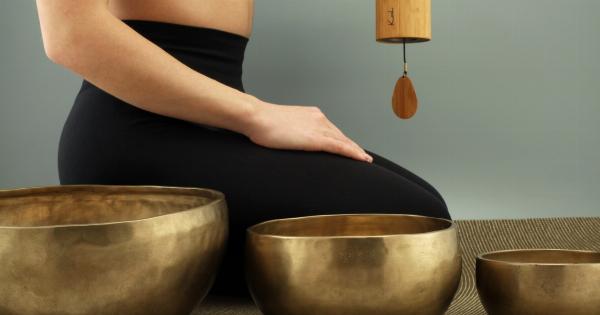Menstrual cramps are a common occurrence for many women during their menstrual cycle. These cramps can range from mild discomfort to debilitating pain that may interfere with daily activities.
Menstrual cramps usually occur in the lower abdomen and pelvic region, and may also be accompanied by other symptoms such as nausea, bloating, fatigue, and headaches. The pain is caused by strong contractions of the uterus as it sheds its lining during menstruation.
Types of menstrual cramps
There are two types of menstrual cramps:.
Primary dysmenorrhea
Primary dysmenorrhea refers to menstrual cramps that are not caused by an underlying medical condition. These cramps usually begin a few days before the onset of menstruation and can last for several days.
Secondary dysmenorrhea
Secondary dysmenorrhea refers to menstrual cramps that are caused by an underlying medical condition such as endometriosis, fibroids, or pelvic inflammatory disease.
These cramps may occur before, during, or after menstruation and are often accompanied by other symptoms such as heavy bleeding, irregular periods, and pain during intercourse.
How to cope with menstrual cramps
There are several ways to cope with menstrual cramps, including:.
Over-the-counter pain relief
Over-the-counter pain relievers such as ibuprofen, naproxen, and aspirin can help relieve menstrual cramps.
These medications work by reducing inflammation and blocking the production of prostaglandins, which are responsible for triggering menstrual cramps.
Heat therapy
Applying heat to the abdominal and pelvic area can help relieve menstrual cramps. You can use a heating pad, hot water bottle, or take a warm bath to ease the pain. Heat therapy works by increasing blood flow and reducing muscle tension.
Exercise
Regular exercise can help reduce menstrual cramps by improving blood flow and releasing endorphins, which are natural painkillers. Low-impact exercises such as walking, swimming, and yoga are effective in relieving menstrual cramps.
Dietary changes
Making dietary changes can also help reduce menstrual cramps. Eating a balanced diet that is rich in fruits, vegetables, and whole grains can help reduce inflammation and regulate hormones.
Avoiding caffeine, alcohol, and processed foods can also help reduce menstrual cramps.
Herbal remedies
There are several herbal remedies that can help relieve menstrual cramps. Chamomile, ginger, and cinnamon are all effective in reducing inflammation and pain. You can drink herbal teas or take supplements to reap their benefits.
When to see a doctor
If menstrual cramps are interfering with your daily activities or are accompanied by other symptoms such as heavy bleeding, irregular periods, and pain during intercourse, it may be a sign of an underlying medical condition.
It is important to see a doctor to rule out any serious conditions.
Conclusion
Menstrual cramps can be a painful and uncomfortable experience for many women. However, there are several ways to cope with the pain, including over-the-counter pain relief, heat therapy, exercise, dietary changes, and herbal remedies.
If menstrual cramps are interfering with your daily activities or are accompanied by other symptoms, it is important to see a doctor to rule out any underlying medical conditions.
